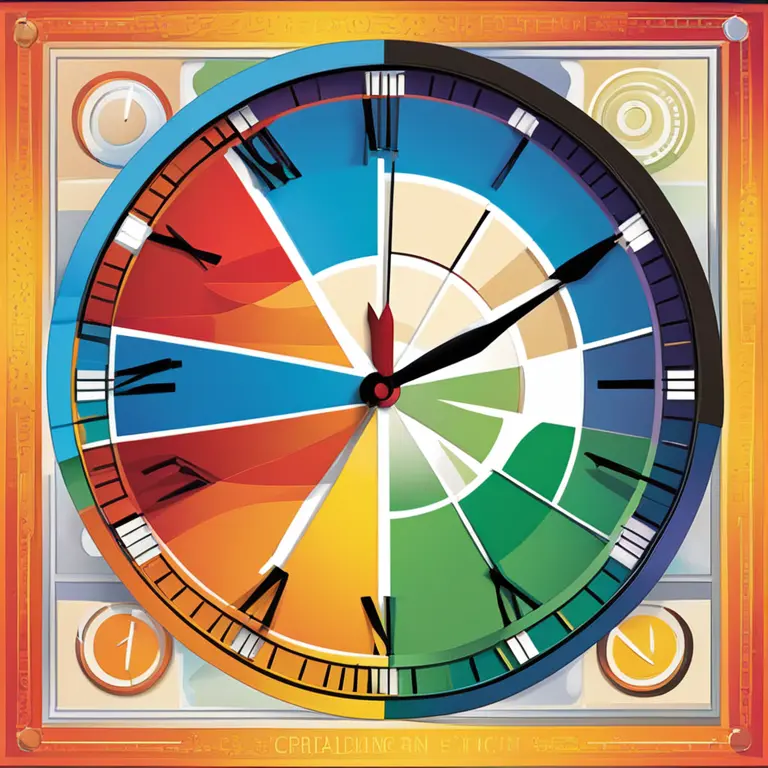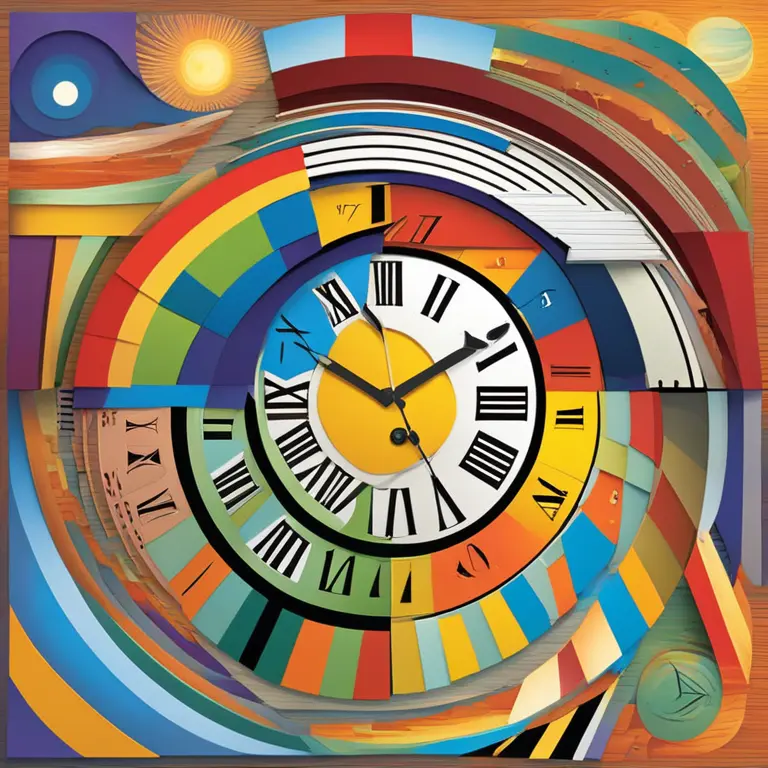
Biological Cycles in Humans
Delve into the essential biological cycles that govern human physiology and behavior, revealing the intricate timing mechanisms of our bodies.
article by Adrian Wallace
The Essence of Biological Rhythms
Biologists have long been fascinated by the predictable patterns that occur in living organisms. At the heart of these patterns are biological rhythms—cyclical changes in our physiology and behavior. These rhythms are a fundamental aspect of human biology, influencing everything from sleep patterns to hormone production. Recognized for their repetitiveness, biological rhythms synchronize with environmental cues like light, temperature, and food availability, aligning bodily functions with daily and seasonal changes—a process known as entrainment.

The Circadian Rhythm: A Daily Cycle
Central to our daily functioning is the circadian rhythm, an approximately 24-hour cycle that regulates sleep and wakefulness. Governed by a master clock in the brain, specifically the suprachiasmatic nucleus, the circadian rhythm dictates fluctuations in body temperature, hormone levels, and metabolism. Exposure to natural light is a critical factor in maintaining this cycle, cueing our bodies to produce melatonin when it's time to sleep and cortisol upon waking. Disruptions to this rhythm, such as jet lag or shift work, have been linked to various health concerns, underscoring its importance to well-being.

The Ultradian Rhythm: Shorter Cycles
In addition to the well-known circadian rhythm, humans experience ultradian rhythms—cycles less than 24 hours in length. Notable examples of ultradian rhythms include the stages of sleep, cycling every 90-120 minutes, and the Basic Rest-Activity Cycle (BRAC), which is observed during our waking hours as fluctuations in attention and alertness. By breaking down the day into smaller intervals, our bodies can manage energy more efficiently, cycling through periods of activity and rest.

Infradian Rhythms: The Longer Waves
At the other end of the spectrum are infradian rhythms, which encapsulate cycles longer than a day. The female menstrual cycle is a classic example, typically lasting about 28 days. Seasonal affective disorder (SAD), which corresponds with the changing light patterns of seasons, is another manifestation. Understanding infradian rhythms can inform us about the optimal timing for various activities, including when to exercise, eat, or concentrate on intensive tasks.

Biorhythms: A Personalized Approach
The concept of biorhythms, although less scientifically substantiated, posits that our lives are influenced by innate cycles typically spanning 23, 28, and 33 days, relating to physical, emotional, and intellectual states, respectively. Biorhythm theory suggests that by tracking these cycles, individuals can predict their peak days for certain activities or moods. While the scientific community remains skeptical of biorhythms' predictive power, many people have embraced them as another lens through which to understand their personal rhythms and well-being.
Technology and Biological Rhythms
The advancements in wearable technology and apps have provided a novel means to monitor and analyze personal rhythms. As we head into 2024 and beyond, gadgets equipped with sensors to track sleep patterns, heart rates, and even mood shifts are becoming increasingly commonplace. This real-time data allows individuals to gain insights into their biological rhythms, identifying personal patterns that can inform lifestyle adjustments for optimized health and productivity.
The Future of Chronobiology
Research in chronobiology—the study of biological rhythms—continues to unveil the complex interactions between our internal clocks and the external world. As we move forward, understanding these mechanisms on an even finer scale will have profound implications for medicine and personal health. Tailoring treatments to the body's rhythms, known as chronotherapy, is an area of great potential, as is the development of interventions to help mitigate the negative impacts of rhythm disruptions.
Published: 1/25/2024
Modified: 1/25/2024
More predictions
Come back here soon to learn more about yourself and your future


Your Biorhythm Horoscope Handbook
Discover the intriguing intersection of biorhythms and astrology. Learn how tracking your biological cycles can provide insights into your physical, emotional, and intellectual well-being.


The Principles of Biorhythm Cycles
Discover the fundamental principles of biorhythm cycles and how they influence daily life and personal well-being in this insightful article.


The Intersection of Biorhythms & Astrology Explored
Discover the link between biorhythms and astrology to gain insights into your life's patterns and potential.